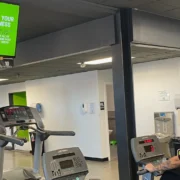CEO Corner: FightCamp’s Khalil Zahar on the Boxing Fitness Boom
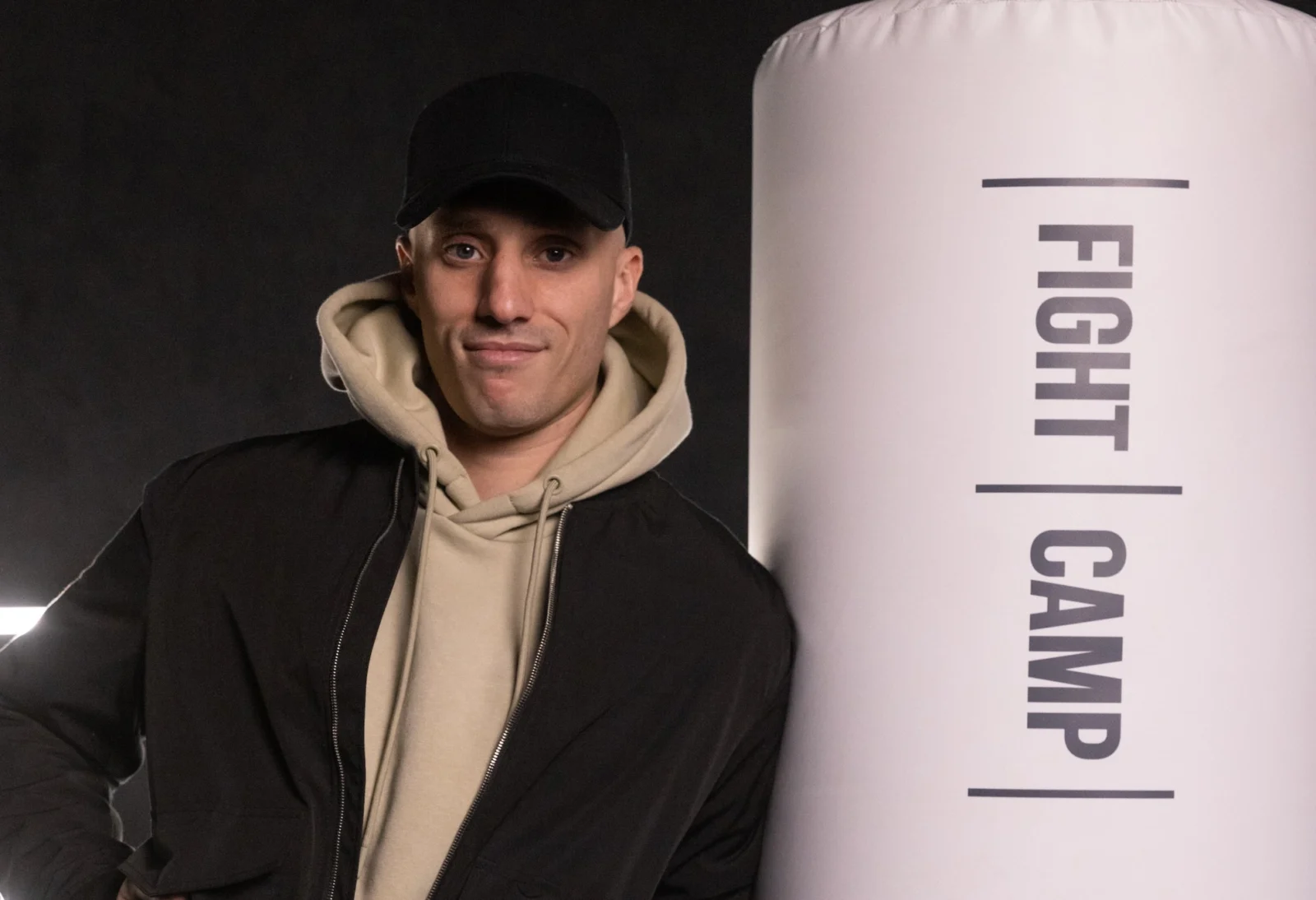
Co-founder of the Mike Tyson-backed brand FightCamp, Zahar believes more fitness consumers will choose boxing for their daily workout
FightCamp is on a mission to make boxing accessible and fun for the masses. The at-home fitness brand is off to a strong start, raising millions in funding and receiving backing from fighting legends like Mike Tyson.
Founded in 2014 by a team including CEO Khalil Zahar, FightCamp’s flagship product ($799) features a smart boxing bag that allows users to track their punches and kicks in real-time. The bag connects to TVs and smartphones, offering a library of coach-led, on-demand workouts that teach people the fundamentals of boxing and kickboxing.
In 2021, the at-home fitness brand raised $90 million in a funding round backed by venture capital firms and professional fighting icons like Tyson, Floyd Mayweather, Georges St-Pierre, and Francis Ngannou.
Since then, FightCamp has revamped its tech, expanded internationally and released new products and features, including the ability to track kickboxing moves and a two-player mode that allows users to compete with friends and family members.
Zahar sat down with Athletech News to discuss his journey from mechanical engineer to entrepreneur, the future of connected fitness and why FightCamp is poised to help bring boxing into the mainstream.
This conversation has been lightly edited for clarity and length.
Athletech News: Can you tell us about your background and how you got the idea to create an at-home boxing fitness brand?
Khalil Zahar: I moved to Toronto to complete a master’s in Microelectromechanical Systems (MEMS) at the University of Toronto. I ended up joining a boxing gym and I completely fell in love with everything about it, from the vibe to the coaches to how intense, engaging and effective the workout was. I found myself going to the gym four or five times a week, sparring a lot and getting in the best shape of my life, even though I had already had a strong athletic base as a breakdancer in Canada. I realized though, that boxers weren’t really measuring anything; even the most high-level boxers were just counting their punches with a clicker.
I thought, “What if you could put a device on your wrist that did all of the tracking for you?” That idea resonated with the Canadian Olympic boxing coach, who agreed to lend me some funding for research and development. That led to the first version of the company, which was called Hykso. We started that in 2014, but the product was just for professional boxers. In 2018, we launched FightCamp for consumers.
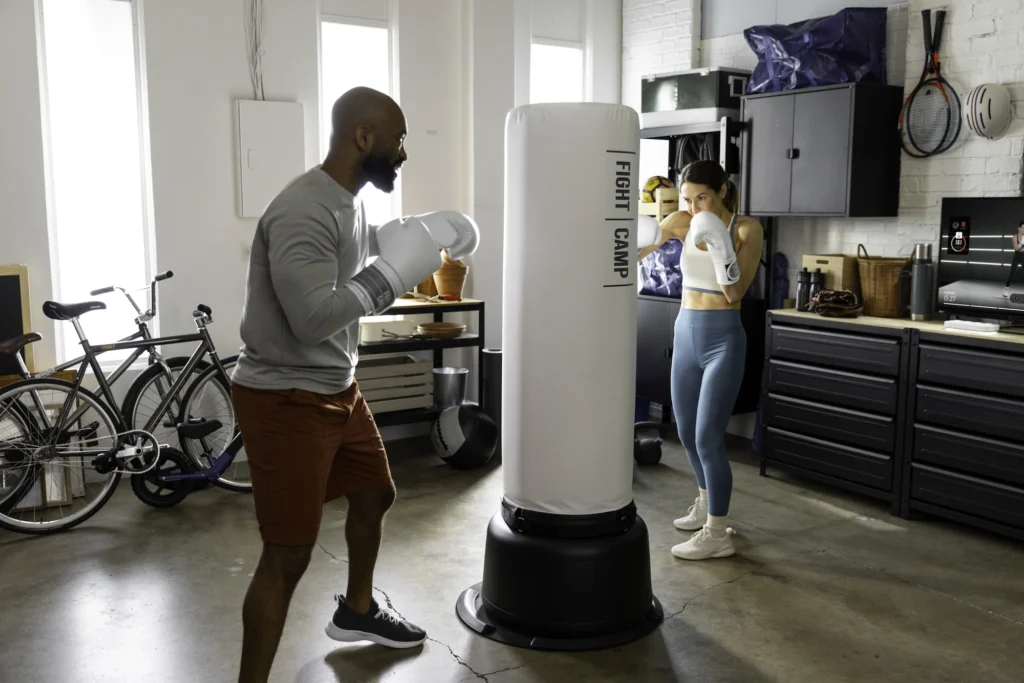
ATN: How did you evolve from Hykso, a product for professional boxers to FightCamp, a product for everyday fitness consumers?
KZ: We wanted to think bigger. We’d converted a lot of professional athletes, but that was a very small market. We saw that boxing for fitness was trending and gym chains were popping up. At the same time, at-home fitness also was becoming more and more popular.
We knew to make a successful product, we had to make it interactive to help people stick with their workouts. So we took the tracking technology that we built for professional athletes and then we put it on top of engaging content and workout classes. That was the first version of FightCamp.
ATN: FightCamp released a new and improved version of its flagship product a few months ago. What’s new with FightCamp gen-two?
KZ: The gen-two features completely redefined hardware, including a console. We still have trackers but instead of communicating directly to a phone, the console projects the full experience on-screen, which makes for a better user experience.
We also added a couple of new features that are exclusively available on the console. The first one is partner workouts. We added more trackers so you can now work out together with a friend, partner or family member, and both people can see their profiles on-screen.
The second feature is kick tracking. We went from having two trackers on the wrist to four trackers – two on your wrist and two on your ankles. That allows users to do kickboxing as well as boxing movements. We have a lot of new things in the works as well.
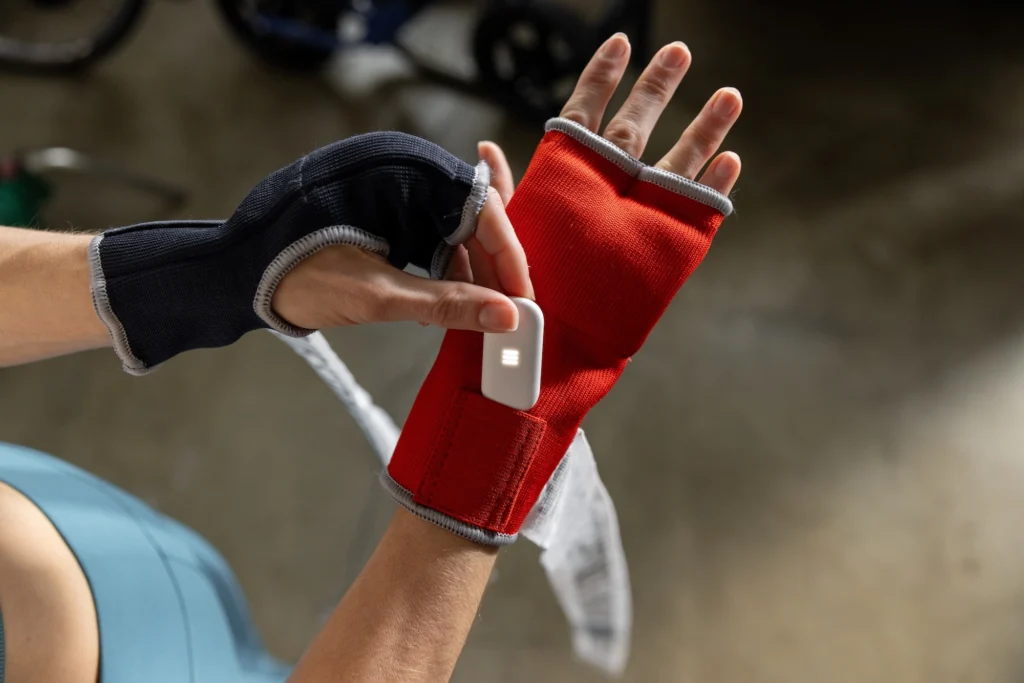
ATN: Can professional boxers still use FightCamp or is the product mainly for amateurs?
KZ: Our typical customer demographic is 100% fitness-focused consumers, not professionals, although pros can still use us to keep up with their conditioning.
For around 60% of people joining us, it’s their first time boxing or kickboxing. Our typical user is between 30 and 50 and is looking to do something other than traditional cardio or weightlifting options. They want an engaging workout and they’re intrigued by boxing, but they don’t know where to start. We have a lot of young parents among our customers.
ATN: FightCamp’s $90 million funding round included names like Mike Tyson, Floyd Mayweather, Georges St-Pierre and Francis Ngannou. How important was it to get that type of buy-in from pro fighters?
KZ: It really legitimized the effectiveness of our workout and our vision of keeping it authentic. One of the biggest criticisms of a lot of products in the boxing world is that they’re not authentic; you’re going to learn the gimmicks but not true boxing or kickboxing. We believe it’s our mission to bring true boxing culture and true boxing foundations to the masses, not just some bubble-gum, diluted version of it. A lot of our customers start with us, learn strong fundamentals and wind up joining a boxing gym.
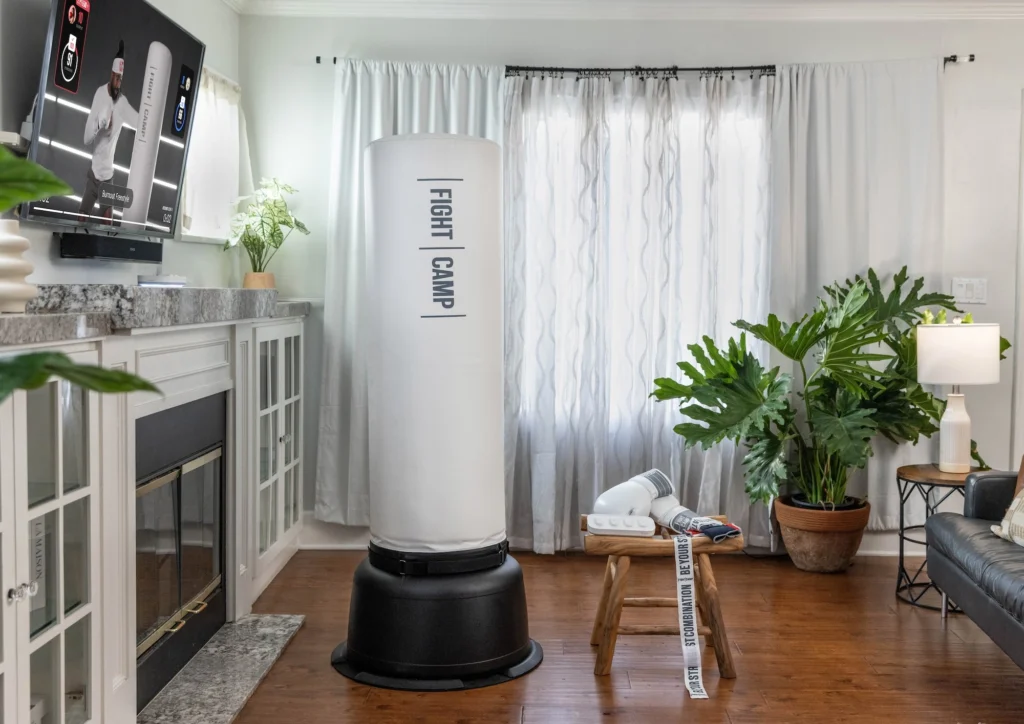
ATN: Many connected fitness brands have post-pandemic as people have returned to gyms. How do you assess the market for connected fitness in 2025 and the years ahead?
KZ: The pandemic made a lot of concepts viable while the pandemic was happening and then maybe not so much right after it ended, because you’re taking away the majority of gym-goers who were stuck without a gym. Some concepts that were already working before the pandemic, however, and I think they’ll continue to work. We started before the pandemic in 2018 and grew very healthy until 2020. And while Wall Street is mixed on Peloton right now, they have a very healthy user base.
I think connected fitness will continue to do well because there’s a growing segment of people who don’t want to hit the gym anymore. At some point, it just doesn’t fit into people’s schedules to always go through the gym commute.
ATN: Boxing as a form of fitness has become quite popular over the past few years, especially with women. What’s your vision for the future of FightCamp?
KZ: There’s no reason we can’t become as big as Peloton or even bigger. There are a couple of reasons why. First, we think boxing is going to continue to be thought of as one of the best workouts you can do. Just look at the conditioning levels of fighters – these guys are literally going to war, and they’re extremely fit. At FightCamp, we’re making it engaging to learn and stick with boxing, which will make us a superior offering in the future.
The second thing is that martial arts in general is a very worldwide phenomenon, as opposed to something like indoor cycling that’s a bit more Westernized. When you’re thinking about the market as the entire planet, we have a big potential for international expansion.


